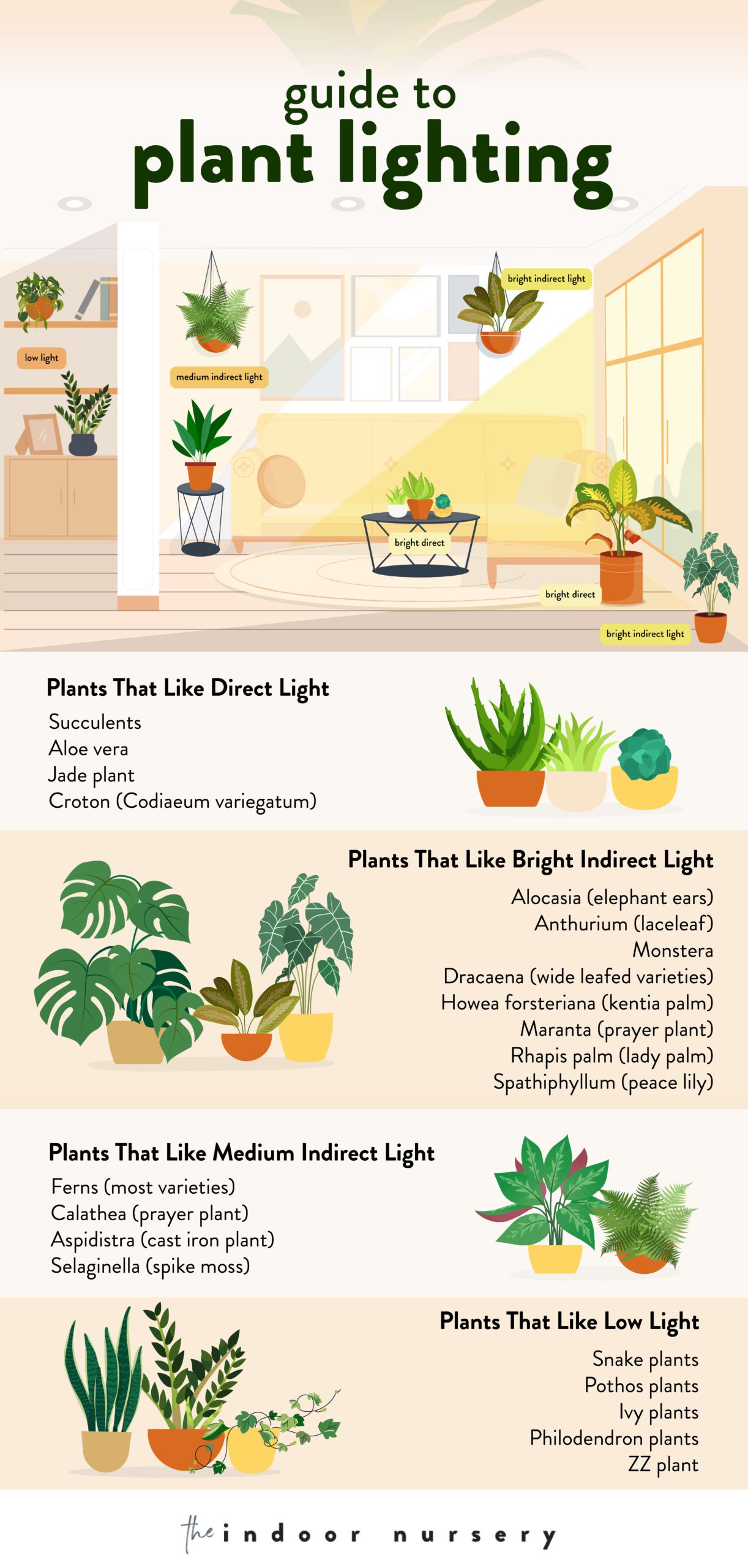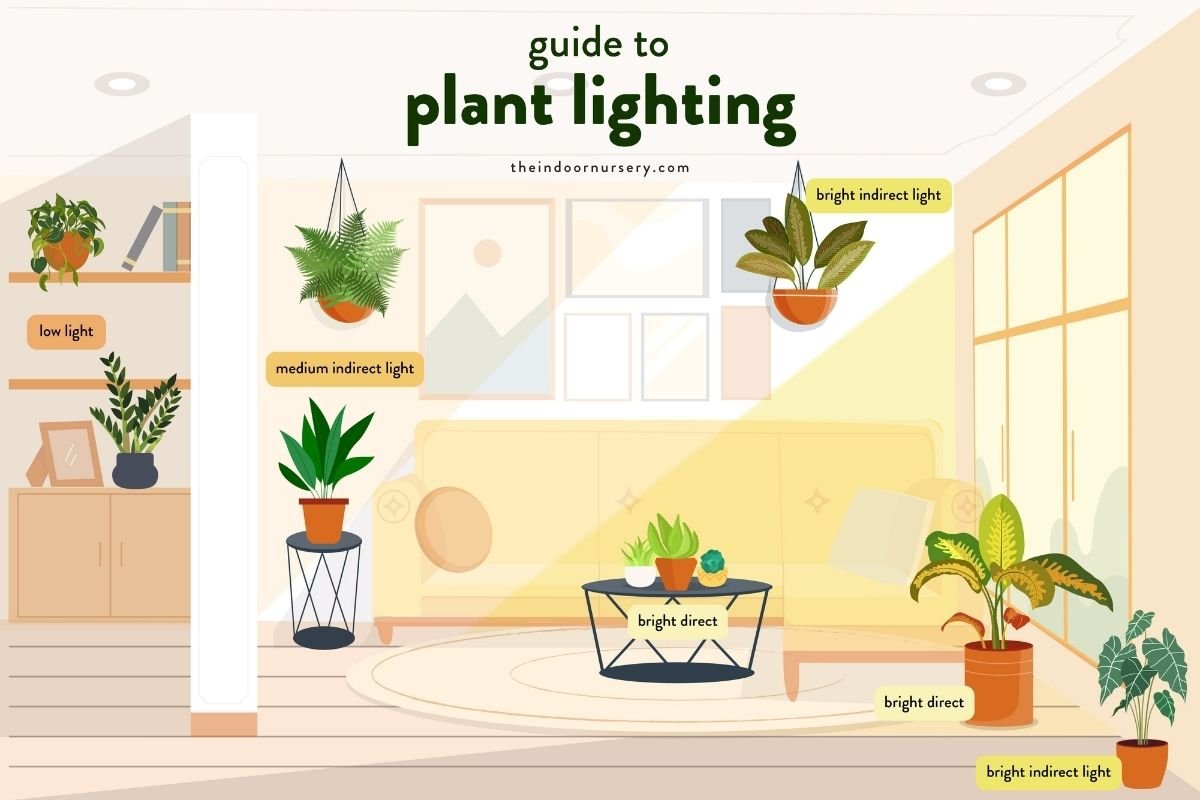Brighten Your Space: The Ultimate Low Light Plant Lighting Guide for Thriving Greens

Every time I spot a lush pothos vine thriving in a windowless office or see a snake plant standing tall in a bathroom with not a hint of direct sunlight, I know there’s hope for every “impossible” plant corner. Over the past decade, I’ve tested, failed, and finally perfected setups for challenging spaces—think basement apartments, cubicles with buzzing fluorescents, and even that stubborn shelf by my front door that somehow never gets brighter than twilight.

If you’re ready to transform your dimmest nooks into vibrant green sanctuaries—armed with practical tactics, insider mistakes (and fixes), and the kind of real-world anecdotes you rarely find on generic gardening blogs—you’re in exactly the right place. This is the guide I wish existed when I first scorched my peace lily under a cheap purple LED and then watched it languish for months before discovering what actually works.
Let’s dive into the ultimate low light plant lighting resource: part research-backed science, part hands-on wisdom, all delivered with contagious enthusiasm.
The Ultimate Low Light Plant Lighting Guide (From Someone Who’s Been There)
1. Understanding Low Light: Beyond Buzzwords
What does “low light” actually feel like?
Imagine walking into a room on an overcast day: you can see your hand clearly but can’t read fine print without squinting. For plants, this translates to roughly 25–100 foot-candles—a range I confirmed using both $50 PAR meters and free phone apps (the Lux Light Meter is surprisingly handy for ballpark figures). North-facing rooms or those set several feet from any window usually fit this bill.
Pro insight: No light = no growth. Even so-called “shade-tolerant” species need some photons to photosynthesize; if you can’t comfortably read there at noon without artificial lights on, it’s time to supplement.
Light By The Numbers
- Bright indirect: 250–1,000 lux
- Low light: Under 250 lux
- Dark cave: Below 50 lux (don’t bother—unless you use grow lights!)
I once left a cast iron plant in my hallway where it measured just 18 lux; after three months of zero new leaves and droopier stems each week, I learned even bulletproof plants have their limits.
2. Why Indoor Lighting Is Trickier Than It Looks
Outdoors, sun intensity can peak at over 100,000 lux—even on cloudy days! Indoors? You’re lucky to get 500 near most windows unless you live in an atrium. Plus:
- Artificial bulbs often emit only slivers of the spectrum plants crave.
- Light drops off fast: Distance halves intensity every additional foot away from source (the “inverse square law”).
During my early experiments circa 2016 (before LEDs got affordable), I tried supplementing with basic desk lamps—results: leggy stems reaching desperately toward the bulb and pale leaves that limped along until I switched to full-spectrum LEDs.
If you want to avoid the pitfalls I encountered, check out my breakdown of common mistakes when using plant lights for low light environments—it might just save you from a few crispy leaves (and a lot of frustration).
3. Four Pillars of Successful Low Light Plant Care
Spectrum: What Plants Actually Use
Plants are picky—they want blue wavelengths for compact growth and red for energy storage/flowering. Most “white” full-spectrum LEDs cover these bases while looking pleasant indoors (no more disco-purple glow). For a deeper dive into the science behind this, see Understanding Light Spectrum: What Low Light Plants Need.

Intensity & Duration: Finding Your Sweet Spot
Low-light specialists do well with just 30–50 µmol/m²/s PPFD—but they still require at least eight hours daily to stay perky. My own snake plant doubled its leaf count after moving from six hours to twelve under an easy-to-install Barrina T5 strip.
Placement: A Game Changer
Burned leaves are real—I once crisped the edge of a pothos by placing an IKEA Växer bulb less than five inches away (ouch). Twelve to twenty-four inches above foliage is almost always safe; adjust if leaves feel warm after ten minutes under the lamp. For step-by-step strategies, see How to Position Your Plant Lights for Maximum Growth in Low Light.
Consistency: Timers Are Not Optional
Manual switches are fine…until life happens and your plants get forgotten all weekend. Mechanical outlet timers ($7 at any hardware store) have rescued me from countless photoperiod slip-ups—set it and forget it!
4. Picking Plants That Actually Thrive in Low Light
Ignore those Instagram lists claiming succulents will thrive on your bookshelf—they won’t! Here are true survivors based on years of trial—and yes, error:
| Plant | Personal Experience | Best Location |
|---|---|---|
| Snake Plant | Survived six months in my windowless laundry room | Any room—even no windows |
| ZZ Plant | Once thrived under one $15 bulb in my old office cubicle | Offices/bathrooms |
| Pothos | Grew four feet across my north wall bookshelf | Hanging/shelves |
| Cast Iron Plant | Bounced back after two droughts + one fungal attack by my front door | Neglect zones |
| Heartleaf Philodendron | Climbed up cord covers along my TV stand | Vertical areas |
| Chinese Evergreen | Withstood dry heat + low humidity near radiator | Tabletops/desks |
| Peace Lily | Recovered from root rot after switching to grow lights in bathroom | Shady corners |
If you want more inspiration, check out my list of top low light plants that thrive with artificial lighting—it’s packed with options that have proven themselves in truly tough spaces.
Pro tip: Always start with one affordable plant as your test subject before investing big—my first pothos cost $4 at a grocery store and taught me more about lighting needs than any book could!
5. Setting Up Artificial Lighting That Works (No More Guesswork)
What To Buy & Why
Tried-and-Tested Lights:
- GE BR30 Full Spectrum LED Bulb
- Screws into any standard lamp; casts soft white light.
- $10–$15 per bulb; perfect for single pots or small groupings.
- Barrina T5 LED Strip Kit
- Linkable strips; ideal for bookshelves or multi-tier setups.
- $30–$50 per kit; includes mounting tape/clips.
- Vogek Clip-On Lamp
- Goosenecks let you spotlight multiple plants or angles.
- Under $35; great for desks/tables.
Avoid bargain-bin purple UFOs unless aesthetics don’t matter—the flicker drove me nuts during Zoom calls!
Pro Setup Steps:
- Measure space with Lux app or meter—under 250 lux? Proceed!
- Mount lamp/bar ~12–24" above plants.
- Plug into timer set for eight-hour minimum photoperiod.
- Rotate pots weekly so all sides get even exposure.
Unexpected twist: Paint nearby walls white or add mirrors behind plants—the bounceback can boost usable light up to 20% based on side-by-side trials in my own apartment!
For a full review of my favorite fixtures and how to choose the right one for your space, see Best LED Grow Lights for Low Light Plants.
6. Real-World Case Studies: From Frustration To Flourishing
The Office Cubicle Miracle
Back in early 2020, Jess—a friend who swore she had “the blackest thumb alive”—was gifted a ZZ plant destined for her windowless workspace downtown Chicago.
Her fix:
- Vogek clip-on lamp aimed precisely overhead
- Timer set from 8am–7pm weekdays
Result? Within two months she had glossy new shoots (her words: “It grew?! In here?!”) despite never seeing sunlight between parking garage commutes.

The North Wall Jungle
I once inherited three sad-looking peace lilies relegated to a perpetually gray living room shelf (~80 lux midday). Two Barrina strips later—and switching watering schedule from weekly to biweekly—they bounced back with bigger blooms than ever within one season.
Bathroom Green Oasis
After losing two ferns and one calathea to moldy soil under humid conditions (and learning hard lessons about airflow), I installed a GE grow bulb inside a frosted vanity fixture plus ran an oscillating fan twice daily post-shower—fungus gnats vanished and leaves stayed spotless all winter long!
7. Troubleshooting: Fast Fixes When Things Go Wrong
Issue #1: Spindly Stems / Tiny Leaves
Solution: Move light closer by six inches OR increase duration by two hours/day—watch within ten days for bushier regrowth.
Issue #2: Yellowing / Dropping Leaves
Causes: Overwatering + insufficient red spectrum = cellular breakdown.
Fix: Let soil dry out between waterings AND upgrade bulb if using non-horticultural LEDs.
Issue #3: Mold/Fungus Gnats
My hack: Swap top half-inch of potting mix for coarse sand/gravel + run desktop fan briefly each morning.
Issue #4: Leaf Burn/Bleaching
If leaf tips brown/crisp up quickly after installing new lamps—it’s likely too close OR too strong wattage! Back off until foliage feels barely warm when touched after ten minutes under lights.
8. Advanced Optimizations For Serious Indoor Gardeners
Want denser jungle vibes? Here’s how seasoned enthusiasts level up:
Reflective Boosts
Mount mirrors or aluminum foil panels behind/under pots—it bounced enough stray photons onto lower leaves that my trailing philodendrons started sprouting new growth underneath instead of just up top!
Layered Shelf Systems
Install strip LEDs beneath each shelf tier + stagger timers so different rows receive overlapping cycles—this mimics natural dappled forest shade patterns found outdoors.
Measuring Like A Pro
A PAR meter ($40–80 online) lets you dial-in exact PPFD levels tailored for your collection—I target ~40 µmol/m²/s as my sweet spot for classic low-light species after testing dozens of arrangements over several winters.

Blending Sunlight & LEDs
Even faint daylight counts! Align shelves/plants so both natural rays and artificial beams overlap during highest daylight periods—you’ll save money on electricity and see happier growth.
9. Tools & Resources That Make Life Easier
Must-have accessories:
- Mechanical timers ($7): Set-it-and-forget-it consistency!
- Lux/PAR apps (free): Quick measurement before investing more.
- Online communities (“r/houseplants” on Reddit is gold): Real-time feedback from others wrestling similar issues.
- Quality potting mixes (“FoxFarm Ocean Forest” has saved many root systems here).
Cost breakdown example:
Initial setup (one clamp lamp + full-spectrum bulb + timer): ~$30–45 total investment—which paid off when my previously lifeless peace lily shot out three new flowers within weeks!
For more on getting your timing just right, see my guide to adjusting lighting schedules for indoor low light plants.
10. Action Plan — Start Small & Grow Confidently
Ready to turn theory into thriving greenery?
- Assess your chosen spot TODAY using shadow/read/lux test.
- Choose ONE proven low-light plant as your pioneer.
- Install basic clamp lamp/full-spectrum bulb combo before expanding further.
- Set timer plug—for consistent photoperiods while freeing mental space!
- Track progress weekly via photos—you’ll be stunned by gradual transformations!
- Adjust distance/duration slowly based on YOUR unique results—not internet averages!
- Celebrate small wins…and share them online! Your success will inspire others stuck staring at empty shelves too long.
Final Thoughts — Embrace Experimentation & Share Your Journey
If there’s one thing years of tinkering have taught me—it’s that nobody nails indoor lighting setups perfectly their first try…or even their fifth! Every home has quirks; every plant responds differently depending on age, seasonality, microclimate—even what time you water them.
Stay curious! If something isn’t working:
Change just ONE variable at a time,
Note what happens,
And don’t be afraid to ask questions—from local garden clubs to Reddit threads packed with fellow experimenters.
Most importantly? Revel in every tiny victory—from spotting that first unfurling leaf tip where nothing would grow before—to trading unusual cuttings with friends who thought they’d never keep anything alive indoors.
Bookmark this guide as your go-to companion whenever another mystery pops up (“Why is this pothos stretching?”), knowing that behind every tip lies firsthand experience—and more than one failed attempt turned triumph.
Here’s to growing healthy plants anywhere—even where everyone else says it can’t be done!
Stuck somewhere strange? Shoot me details—I’m always eager for another quirky lighting puzzle.



